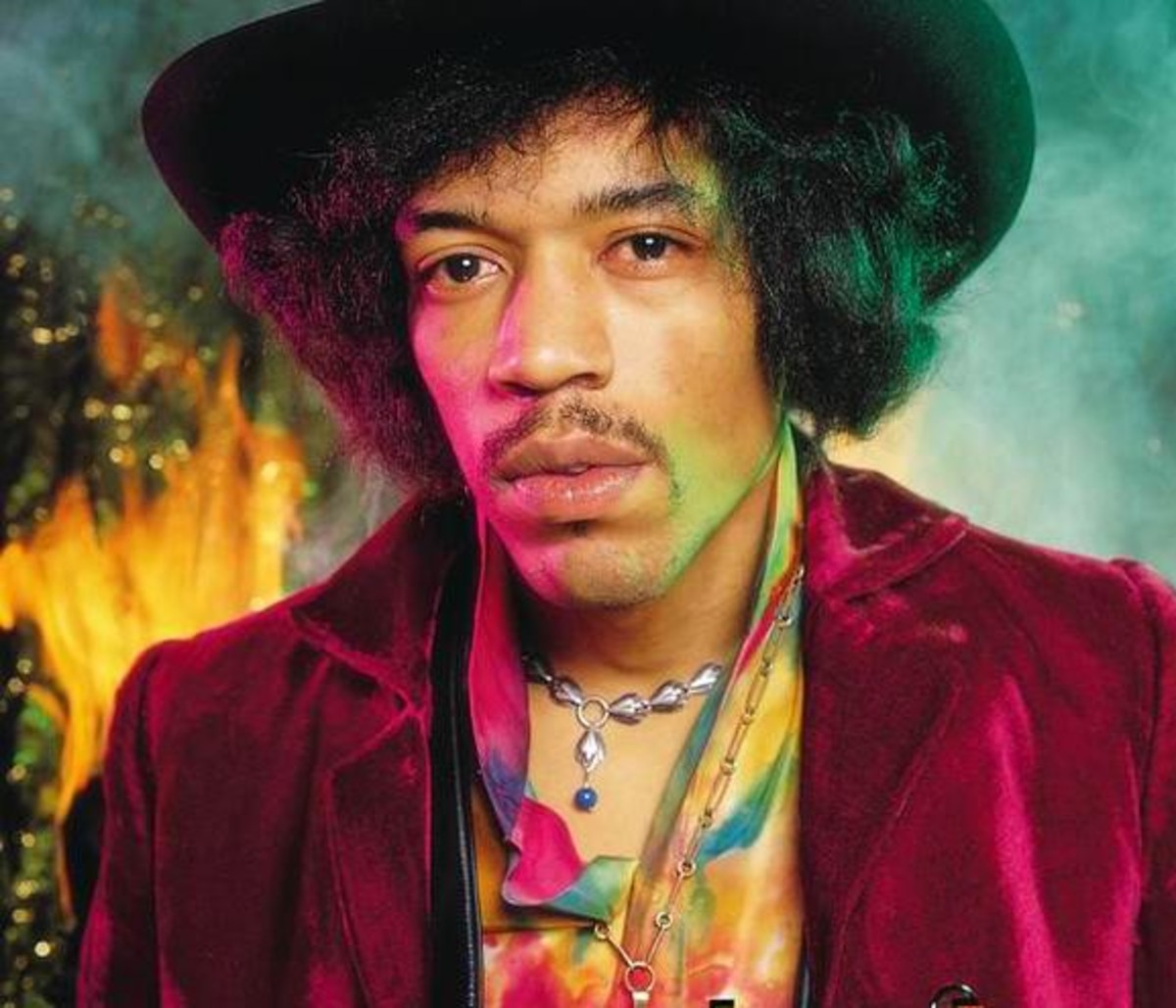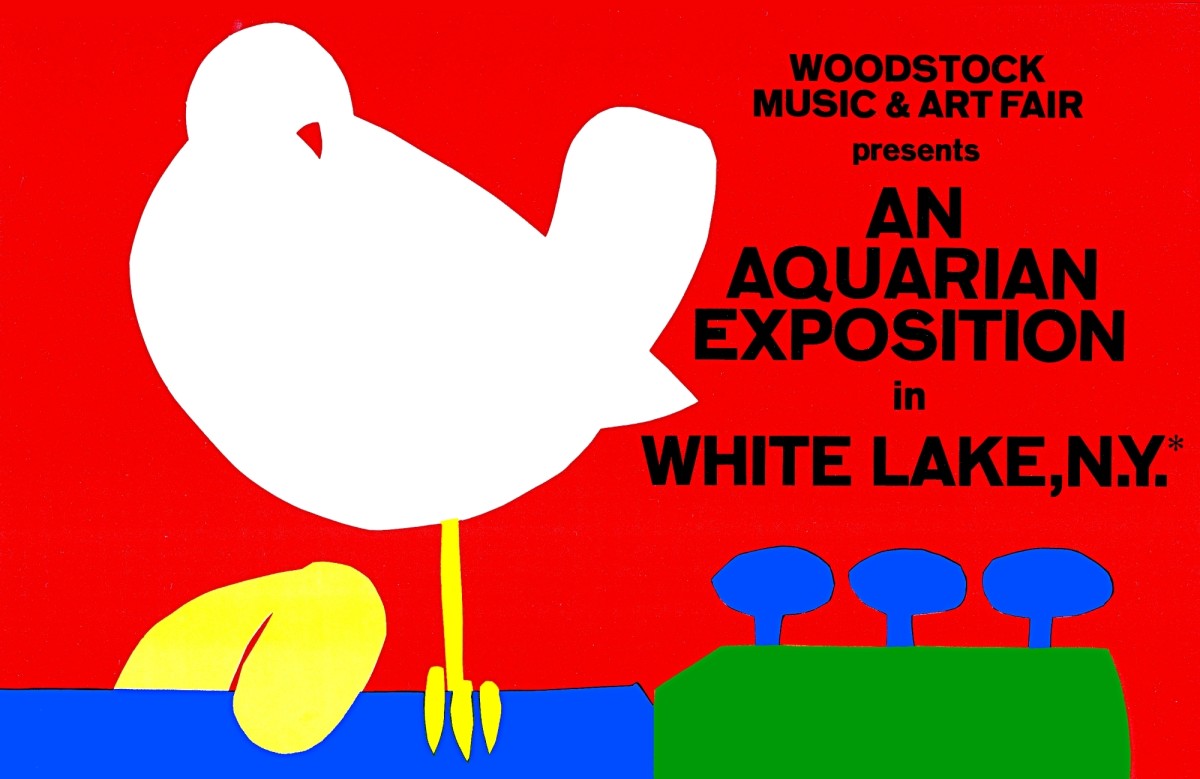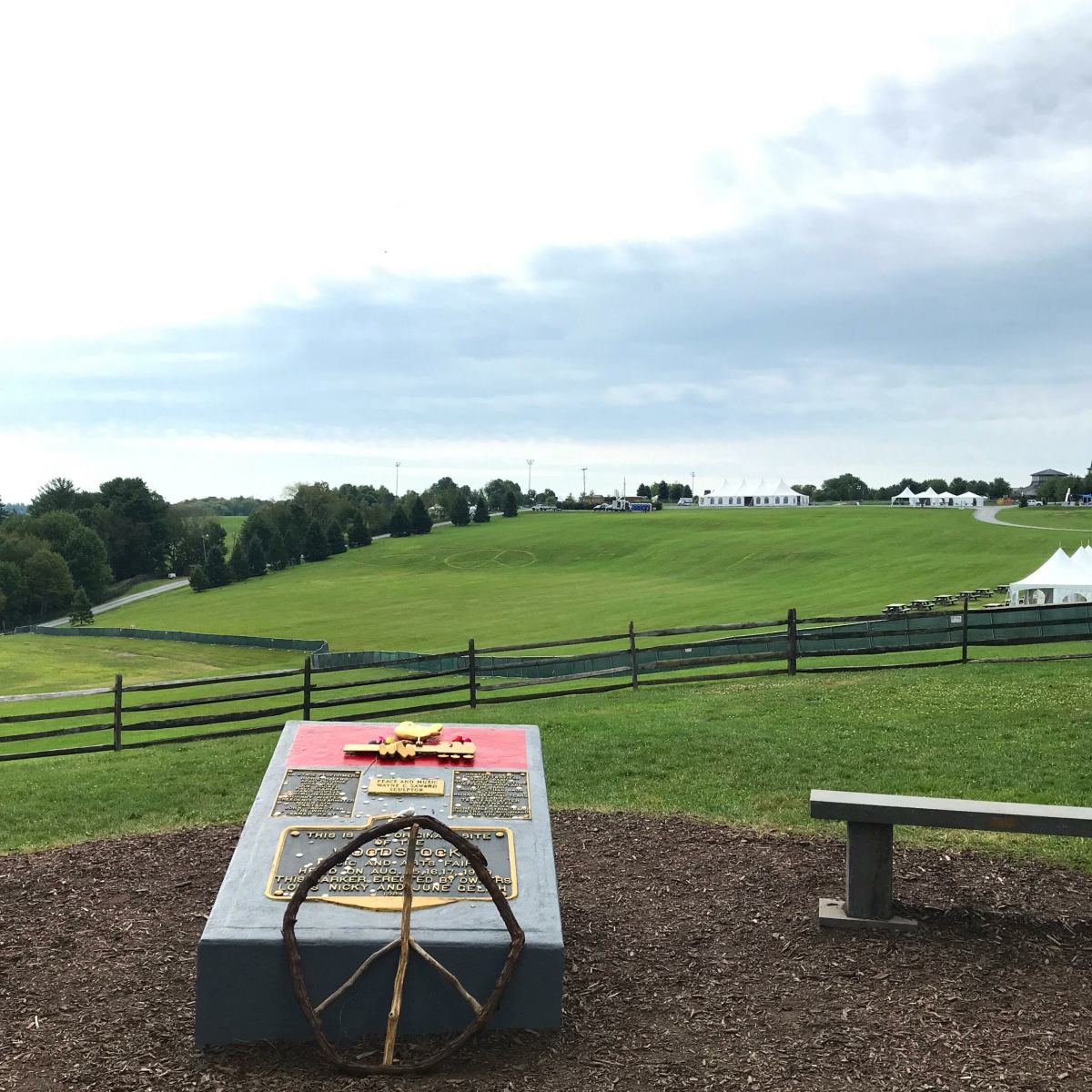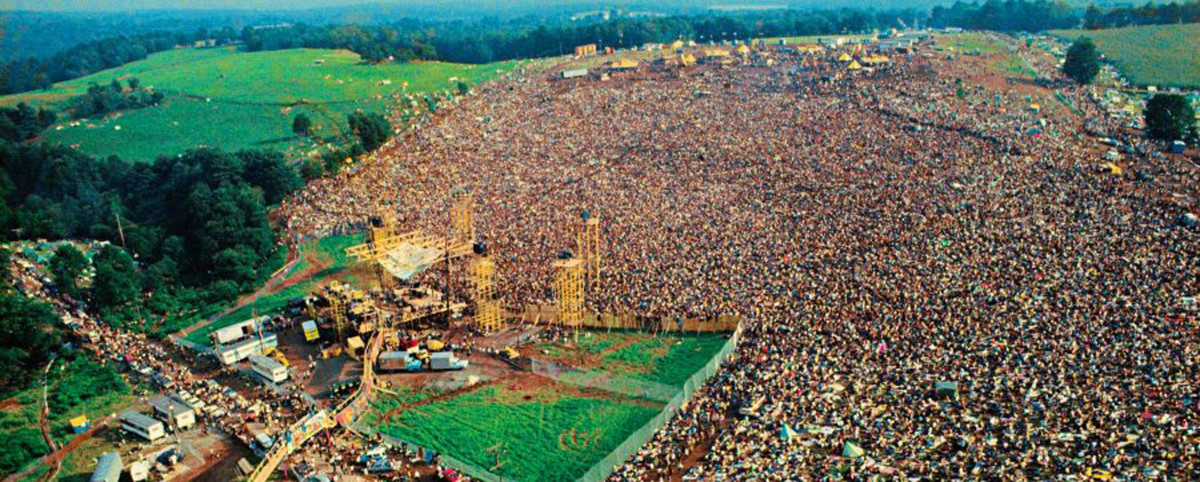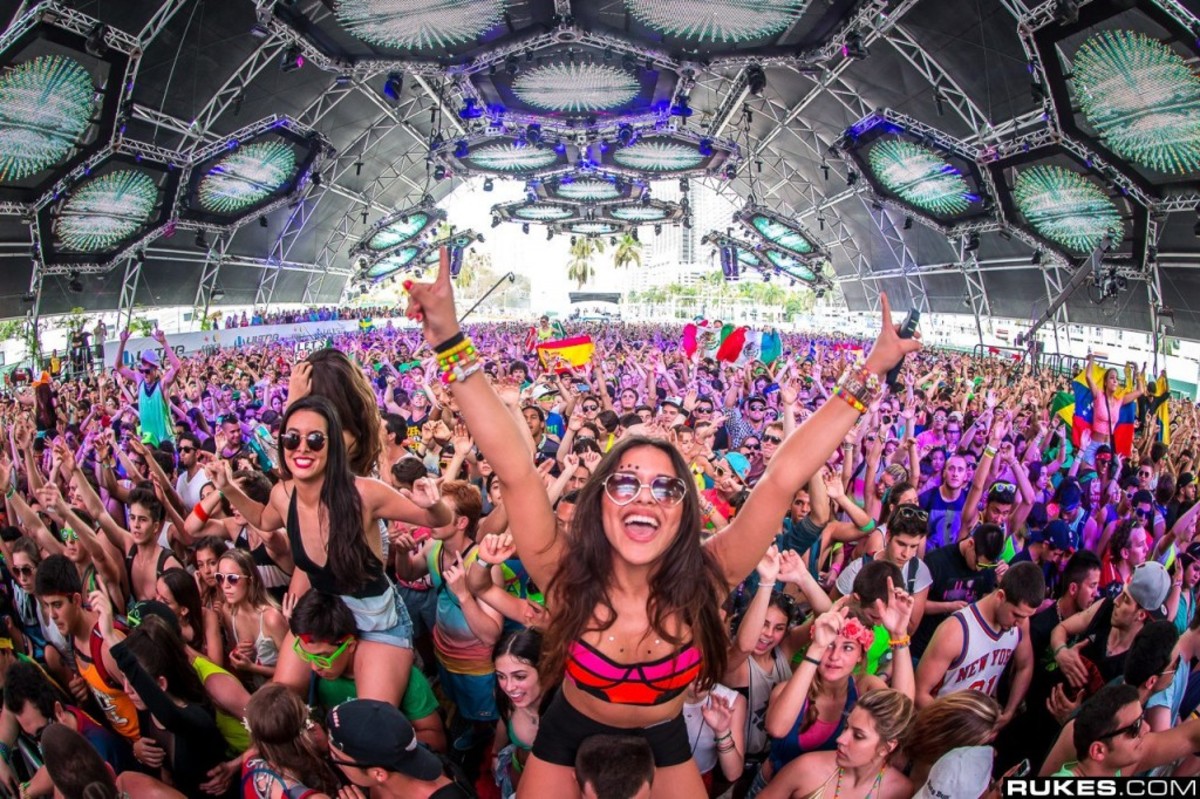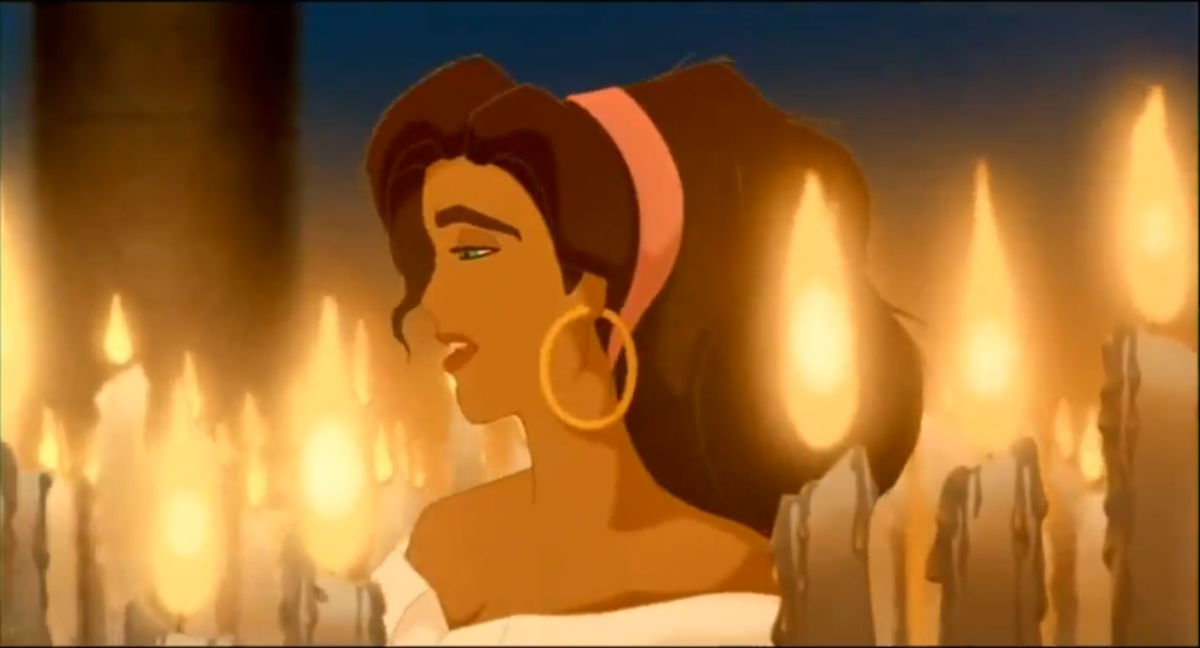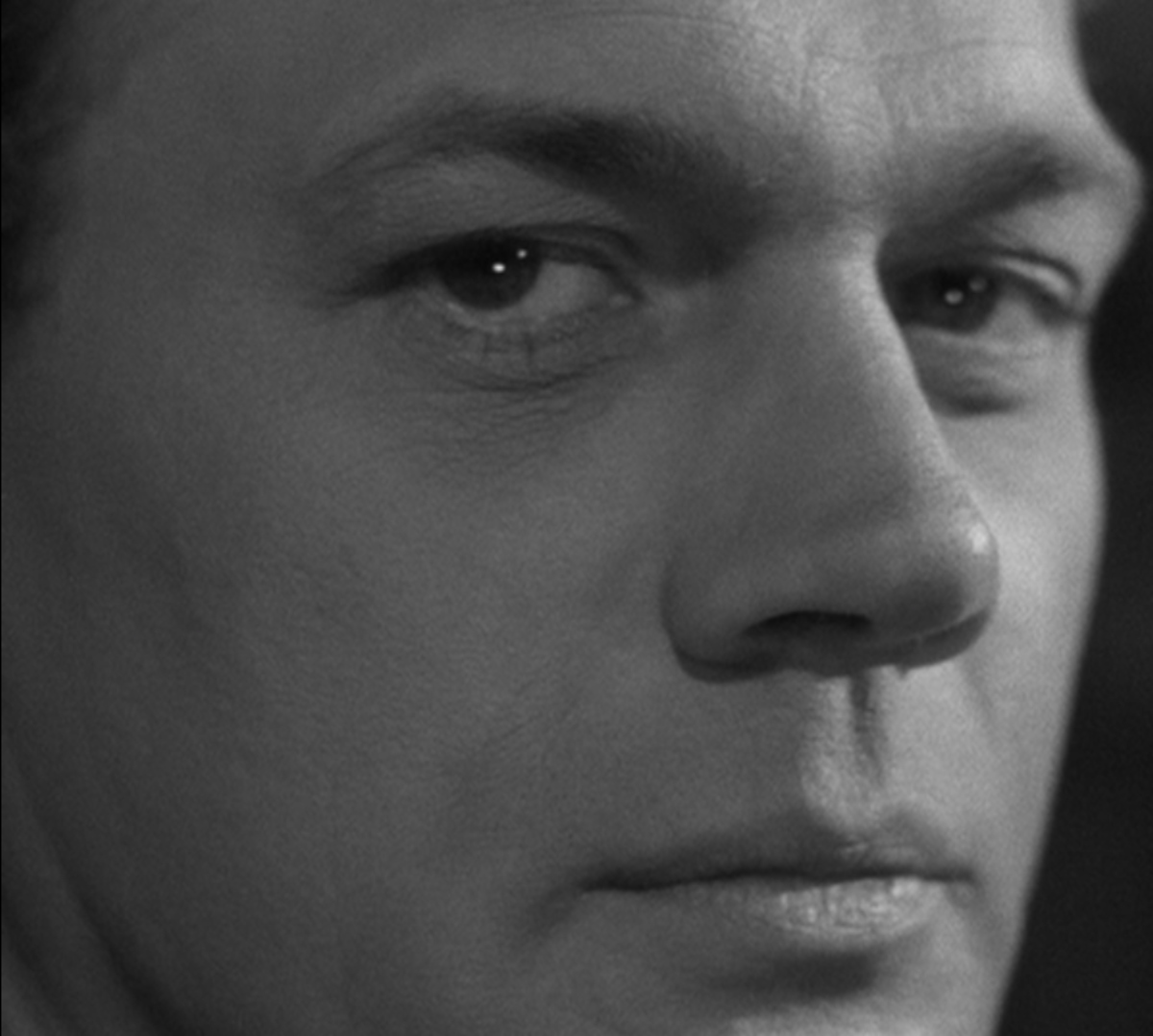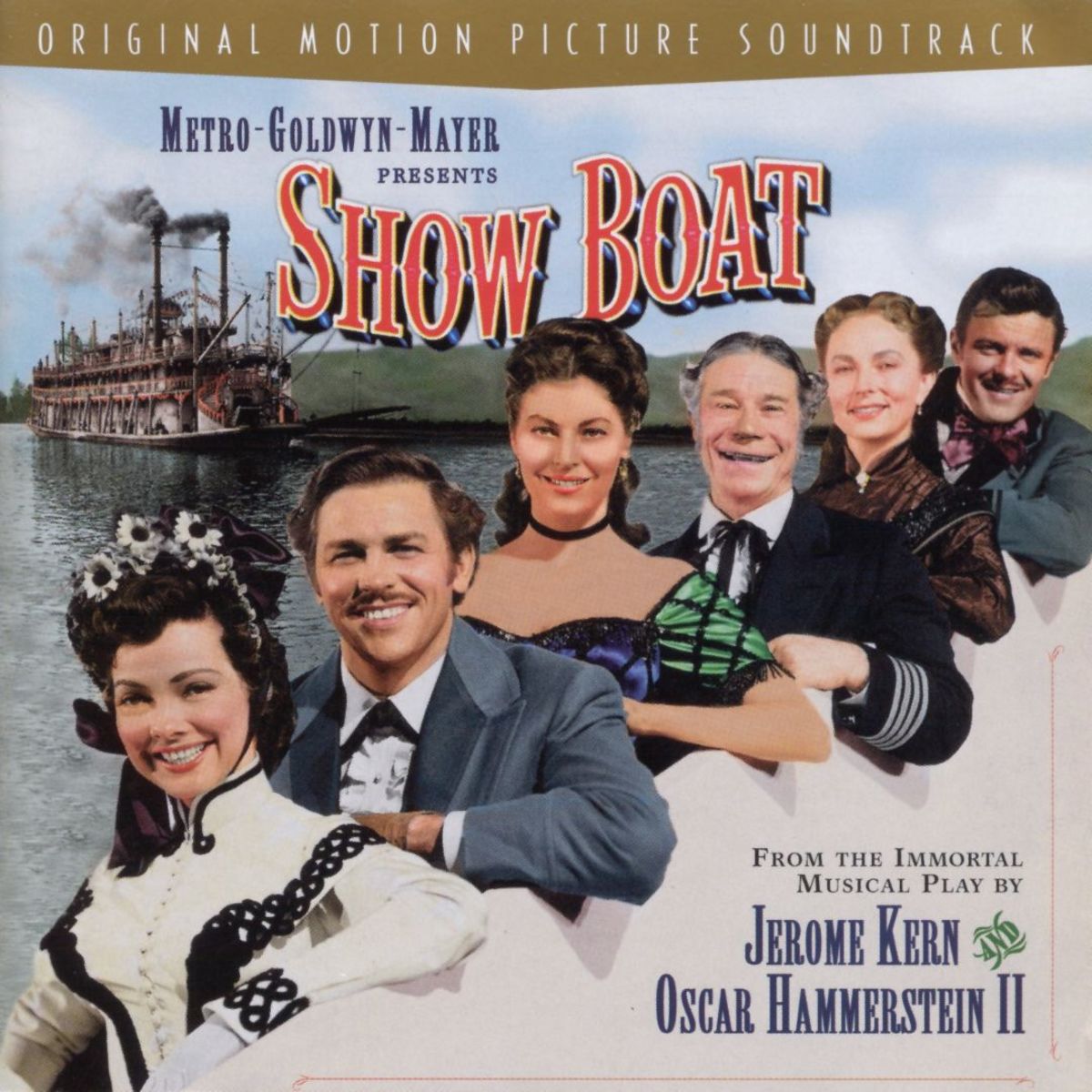Once Upon An August Weekend: Woodstock
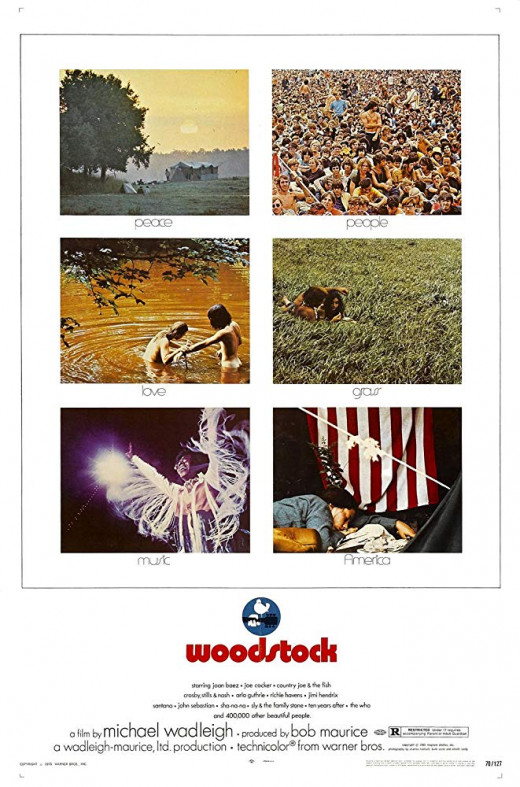
Synopsis
The promoters who put together the Woodstock music festival never thought their event would draw the crowds that came. The 1970 documentary Woodstock takes a look at this three-day concert from the days leading up to the performances to the time Jimi Hendrix concluded the show. The film not only presents the highlights of the artists who appeared, but it also tells the tale from many perspectives, as well as acknowledging the key figures who kept the event running as smoothly as possible. When the abundance of traffic far exceeded expectations, the promoters turned the event into a free concert. In spite of the breaks needed for test and rain, the performers played and sang for more than half the time the event lasted.
The citizens and visitors play a supporting part in the narrative. Some of the residents of Bethel, New York, expressed their concerns about the mess that came with the influx of people. Others praised the general good behavior exhibited by the concert goers. The media came, and attendees came to learn through stage announcements just how many made their way to Woodstock. The Army assisted with helicopters as they brought people and supplies to the venue. Medical attendants were there to deal with a variety of issues, which included drug overdoses and the delivery of a baby. As these events unfolded at and around the farm of host Max Yasgur, the promoters knew they were going to lose money on their huge show.
Evaluation
Woodstock, upon its initial release, had a running time of just over three hours. In 1994, director Michael Wadleigh issued a director's cut of his Oscar-winning documentary that added about forty more minutes to the running time. The later release removes a few crowd scenes and includes performance footage of Janis Joplin, who appeared only briefly in the original cut. Hendrix gets more time in the expanded edition as well. Wadleigh was also a part of a team of cinematographers who captured all sorts of sights and sounds from the time they spent there. The end result is an absorbing film journal of a concert experience whose attendance remains very impressive to this day. The event was billed as "3 days of peace and music," and takes a look the then-growing counterculture, who turned away from traditional values. Their attitudes included their opposition to the Vietnam War, and those feelings were also expressed by many of the performers. Wadleigh also effectively uses many split screen shots. At times, some of his subjects talk about the event while a separate image illustrates their words. Some of the concert footage gets the split screen treatment as well, including a segment where Ten Years After lead singer and lead guitarist Alvin Lee joyfully jams on the song "I'm Going Home."
That song is just one of the many highlights of the documentary. Richie Havens opens with a high energy acoustic set that includes an impassioned medley of "Freedom" and "Sometimes I Feel Like A Motherless Child." The Who rock the farm land as they sing a medley of songs from their rock opera Tommy as Pete Townshend shows his windmill guitar style and Keith Moon plays like he's going to destroy his drum kit. Country Joe & The Fish engage the audience as Joe leads them in a profane version of "Fish Cheer." Their "I-Feel-Like-I'm Fixing-To-Die Rag" encapsulates the attitude of many regarding the Vietnam War. Sly & The Family Stone bring in infectious combo of rock and funk as they perform their hits "Dance To The Music" and "I Want To Take You Higher." Like it or not, Jimi Hendrix plays an unforgettable rendition of "The Star-Spangled Banner." One of the best moments off stage comes when someone interviews a young man who has just exited one of the portable toilets. In a jest-filled moment, the interviewer tells the man that he's making a documentary called "Port-O-San." The young man happily replies, "Far out."
More About Woodstock
Havens wasn't supposed to open the festival. The slated opening act, Sweetwater, like so many others, got stuck in the traffic, but they arrived in time to be the second act to take the stage. Iron Butterfly, though, didn't get that lucky. Their attempt to get to Woodstock only got them as far as New York's LaGuardia Airport.
Havens did open the event, and Hendrix closed it. However, most of the rest of the movie's running order does not match the actual running order of the show. In the movie, for example, Sha-Na-Na appears during the first hour. In reality, the fifties rock tribute band were the last ones to perform before Hendrix.
Country Joe McDonald was the only performer to take the stage twice that weekend. On the second day, he performed when other things didn't go as planned. The next day, he and the Fish did their planned set.
Former Lovin' Spponful lead singer John Sebastian came to Woodstock to watch the music. He played an unplanned set when Santana wasn't ready to start theirs.
Thirty-two different musical acts took the stage over the course of three days. Nearly half of them, though, don't appear in the movie. Among the name acts who didn't make either cut were Creedence Clearwater Revival, Blood, Sweat, & Tears, and the Grateful Dead. Jerry Garcia, however, appears briefly in the movie's opening moments.
According to the 1970 US Census, Bethel, New York, had a population of approximately 2700 people. The estimated crowd at Woodstock was about 150 times the size of the town.
Wadliegh's two assistant directors, both of whom also assistant in the editing, continue to work together to this day. Martin Scorsese and Thelma Schoonmaker first worked together two years before Woodstock on Scorsese's debut feature, Who's That Knocking At My Door? Director and editor have worked together on every Scorsese film, starting with Raging Bull. As a director, rock fan Scorsese has made two films about Bob Dylan, one about George Harrison. and the concert film The Last Waltz. Other future directors working behind the scenes included Richard Pearce (Leap Of Faith) and Lewis Teague (The Jewel Of The Nile).
Promoters Michael Lang, Artie Kornfeld, Joel Rosenman, and John P. Roberts did lose money on the festival itself. They more than made up for their initial losses with the theatrical success and two best-selling multi-album compilations of songs from the event. Nearly every song performed at Woodstock has since been released.
The one key figure who seems to not have capitalized on the event was farmer Yasgur. His decision to host Woodstock made him very unpopular in his community, as well as the target of a lawsuit over the damages Woodstock brought. Within two years of Woodstock, Yasgur sold his farm and moved to Florida. He died there of a heart attack in 1973. Max Yasgur was 53 years of age.
Conclusion
Woodstock remains a remarkable cinematic and concert event. The documentary became a part of the National Film Registry in 2007. The show occurred just after the infamous Tate-LaBianca murders at the hands of the Manson Clan, and just months before the disaster of the free concert at Altamont Speedway, where a knife-wielding young man died at the hands of the Hell's Angels security forces hired for that event. Although three concert goers died during the three days of Woodstock, the crowds there did not make the concert a free-for-all. They lived by the concert's themes of peace and music - sometimes in very uninhibited fashion. Some of the counterculture continues to thrive. Others found their way back to a more typical way of living. Some, of course, have died. In the cases of Yasgur, Hendrix, Joplin, and Canned Heat's Al Wilson, they died much too young. All of them, though, helped to create a long weekend that won't soon be forgotten.
On a scale of zero to four stars, I give Woodstock four stars. A way to always get back to the garden.
Woodstock trailer
© 2020 Pat Mills

